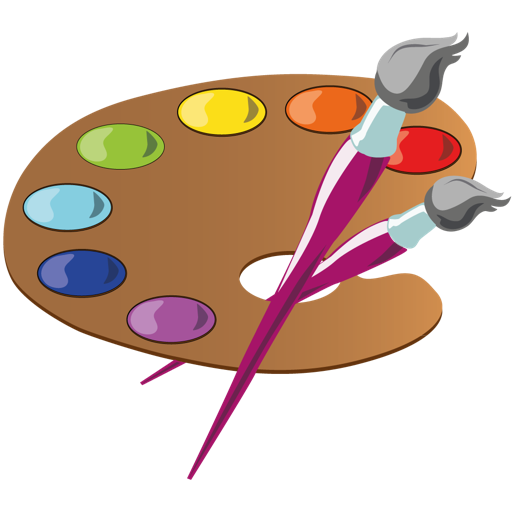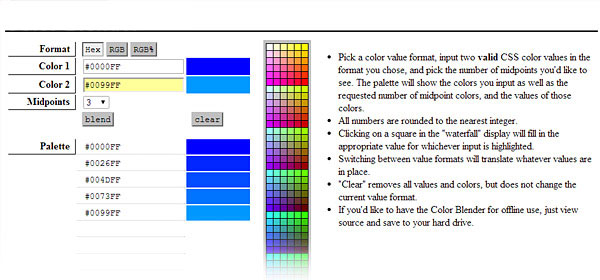

Here is an example with mixing between textures. We can now use this colorramp output to mask between two different textures or shaders. You can plug the colorramp straight to the material output to see the effect or use the node wrangler add-on and press Ctrl+Shift+Left-click to add a viewer node. Then we simply push the black and white color flags very close to each other to create a texture that contains almost exclusively black and white. In this case, we take a noise texture and pipe the grayscale or color output into the color ramp. Let's look at one of the most common examples. This can be a handy way to get color ranges for various procedural textures. This way we can create all sorts of color ranges by sampling from any image we want and use in our materials.

This gives us a brown detailed colorramp with varying colors. I have imported the image above to the image editor and will drag across the ground. Then drag it across anywhere in the Blender interface. To use the colorramp eyedropper tool, press the drop-down menu on the colorramp node and choose the eyedropper. In this case I imported this image I found on Pixabay. But if we want to have a more detailed color spectrum we can use the color eyedropper with an image we have imported into Blender. This may be useful for more technical textures. We then get this heatmap kind of effect on the plane I have applied this material to.

#Colorblender plus
To add an additional flag, press the plus on the colorramp node, to remove the selected flag, press the minus sign. In this case we took a noise texture and remapped the darker values to blue, a tighter range of middle grays to green and the light gray and white values to red. The most basic way to use a color ramp node is to plug in a texture, let the colorramp node change the values in some way and see how it affects the output. If we have two other textures that we want to mask between dynamically without having to assign faces to different materials and create sharp seams between them. We can create a color spectrum and recolor a texture based on the values in the color ramp. We need to adjust the color ramp for it to have any effect other than the remapping from color to grayscale.Ī color ramp can be used several ways. If the input is a color input, Blender will automatically convert the input to a grayscale value first.īy default, the scale on the color ramp node goes from black to white and as we take an input and remap the colors to the same color in the range no change is made. It then remaps all the values in this channel to the corresponding RGB value in the ramp. This is indicated by the gray socket on the left side of the node. The color ramp node takes a single channel input. How does the colorramp node work in Blender? Let's look at why the colorramp node is so useful and how we can use it to our advantage. Related content: The complete beginners guide to Blender nodes, Eevee, Cycles and PBR If you are new to shader nodes in Blender, I would suggest that you start here: But it works the same in the compositor and lamp nodes as well. We will explore the color ramp node from the shader nodes perspective. This is one of the most used nodes and it is important to understand how it works.Ī color ramp in Blender is a node that we can use in either the shader editor or in the compositor to take a grayscale range of values and remap them according to a gradient and output either another range of grayscale values or turn the input into a color value output. And by adjusting the screen and lens position, students can control the overlap of colors.Soon after you start to dive into nodes, shaders, and compositing in Blender you will come across the color ramp node. As shown to the right, using a lens and viewing screen the Color Mixer can be focused and projected at each lab station. The Color Mixer also connects easily to an optics track and can be used with components of the Basic Optics system in laboratory investigations. Vary the intensities to produce nearly any color. Show how white light is produced and explore the secondary colors of cyan, magenta and yellow. Demonstrating additive color mixing is as simple as using any flat surface to project the light upon. The intensity of the red, green and blue LEDs of the Color Mixer can be individually adjusted to easily vary the intensity of any or all of them. Three independently controllable LEDs offer a simple way to explore light and color. The Color Mixer can be used as both a demonstration tool and as an expansion piece to the Basic Optics System.


 0 kommentar(er)
0 kommentar(er)
